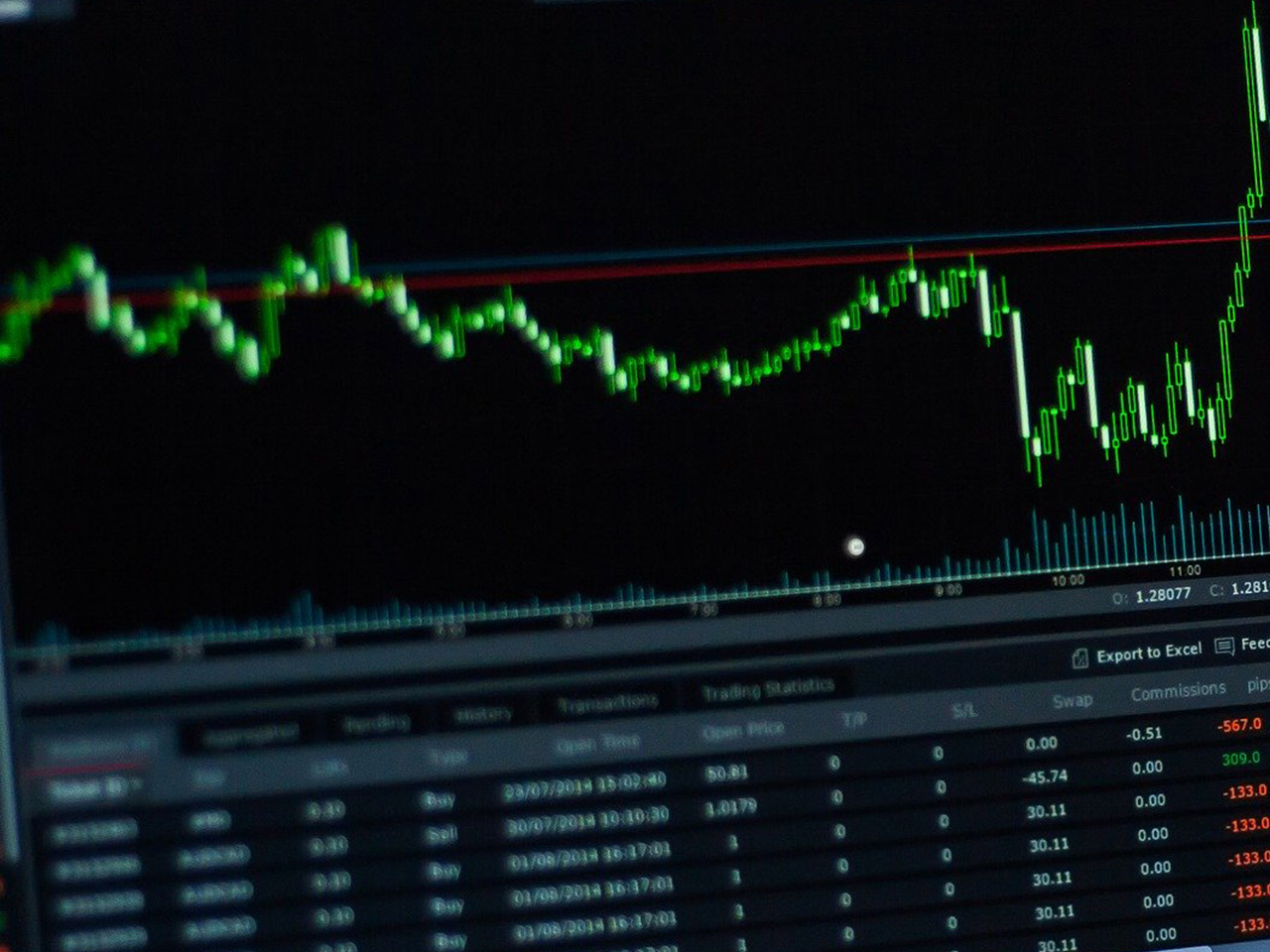ASOS PLC ORD 3.5P (ASC.L), a prominent name in the consumer cyclical sector, particularly in internet retail, has been at the forefront of fashion e-commerce. With its headquarters in London, ASOS operates in key markets including the United Kingdom, the European Union, and the United States. This article explores the company’s current financial landscape, offering insights for investors keen on understanding the prospects of this fashion giant amidst its ongoing challenges.
ASOS currently holds a market capitalisation of $370.06 million, with its stock priced at 307 GBp. The share price has seen a 52-week range between 230.00 GBp and 446.00 GBp, highlighting considerable volatility. Despite a recent price change of -0.50 GBp, representing a neutral movement percentage-wise, the stock is positioned for potential growth, as indicated by its average target price of 395.17 GBp. Analysts suggest a potential upside of 28.72%, a figure that might entice value investors seeking opportunities in the retail sector.
However, ASOS’s valuation metrics paint a complex picture. The company currently lacks a trailing P/E ratio and reports a negative forward P/E of -1,326.71, suggesting significant anticipated losses. Other metrics such as PEG Ratio, Price/Book, and Price/Sales are not available, indicating challenges in valuing the company traditionally. Moreover, the EV/EBITDA metric is also absent, which can be a concern for those assessing enterprise value against earnings.
Performance metrics further illustrate ASOS’s hurdles, with a revenue growth decline of 13.70% and a negative earnings per share (EPS) of -2.47. The return on equity stands at -62.59%, highlighting inefficiencies in generating returns on shareholder investments. However, ASOS maintains a free cash flow of £106.675 million, a positive sign amid otherwise challenging figures.
The company does not offer a dividend yield, with a payout ratio of 0.00%, suggesting that ASOS is reinvesting any potential profits back into the business rather than distributing them to shareholders. For dividend-focused investors, this could be a deterrent.
Analyst ratings for ASOS are mixed, with 5 buy ratings, 7 holds, and 4 sells. The target price range spans from 220.00 GBp to 790.00 GBp, reflecting diverse opinions on the company’s future trajectory. Investors must weigh the risks against potential rewards, particularly in a fluctuating retail environment.
From a technical perspective, ASOS’s 50-day moving average is 316.28 GBp, while the 200-day moving average is 337.63 GBp. The RSI (14) is notably high at 86.82, indicating that the stock may be overbought, a factor that could lead to a price correction. The MACD and signal line, at -3.20 and -1.43 respectively, suggest bearish momentum.
ASOS continues to leverage its broad portfolio of brands, including well-known names like Topshop and Miss Selfridge, to capture market share. The company’s strategic initiatives in brand management, payment processing, and internet marketplace operations are crucial as it navigates competitive pressures.
Investors considering ASOS should remain cognisant of the broader economic environment and consumer sentiment, which play pivotal roles in the retail sector’s performance. While ASOS faces significant challenges, particularly in profitability and revenue growth, its strategic positioning and market potential could offer opportunities for those with a higher risk tolerance.









































